Garbage truck fires are never ideal, but they are usually not catastrophic. When a fire broke out on December 6 in the back of a garbage truck making its Friday rounds through the Chicago suburb of Arlington Heights, the fire department responded within five minutes. Firefighters saw flames shooting five feet into the air out the back of the truck, and they prepared to put the fire out using hoses and water. Four minutes after their arrival on scene, however, the garbage truck exploded in rather spectacular fashion, injuring several firefighters and police officers, damaging several homes in the vicinity, and scattering debris through the neighborhood.
The truck, it turned out, was powered by compressed natural gas (CNG), stored in five carbon-fiber-wrapped cylinders on the roof. The cylinders had pressure relief valves installed that should have opened when they reached a temperature between 212° and 220° Fahrenheit (100°–140° Celsius). This would vent (flammable) methane gas into the atmosphere, often creating a powerful flamethrower but keeping the tanks from exploding under the rising pressure caused by the heat. In this case, however, all the pressure relief devices failed—and the CNG tanks exploded.
Fire officials now believe that the whole incident began when a resident improperly disposed of a lithium-ion battery by placing it in a recycling bin.
 The CNG cylinders were stored atop the truck.
Credit:
Arlington Heights FD
The CNG cylinders were stored atop the truck.
Credit:
Arlington Heights FD
Explosion on a sunny day
December 6, 2024, was a sunny day with temps in the mid-30s when local dispatch received a call from the driver of a garbage truck operated by a local company called Groot. The driver said that his load was on fire. Arlington Heights firefighters had dealt with six garbage truck fires in the last several years and had no reason to believe that this call would be exceptional.
Typically, a garbage truck driver will compress the truck's load if fire is seen, starving the flames of oxygen and often putting the fire out. The driver of the burning truck had tried this, but the maneuver failed. Apparently, some of the flammable material got under the slide bar of the compactor, spreading the fire further into the truck.
When firefighters arrived on scene, they asked the driver to dump his load in the street, which would reduce the risk of anything on the truck itself—gasoline, CNG, etc.—catching fire. Then the firefighters could put out the blaze easily, treating it like a normal trash fire, and have Groot haul away the debris afterward. But this didn't work either. The flames had spread far enough by this point to put the truck's dumping mechanism out of commission.
So, firefighters unrolled hoses and hooked up to a nearby fire hydrant. They recognized that the truck was CNG-powered, as were many Groot vehicles. CNG offers a lower maintenance cost, uses less fuel, and creates less pollution than diesel, but best practices currently suggest not spraying CNG cylinders directly with water. Firefighters instead tried to aim water right into the back of the garbage truck without wetting the CNG cylinders nearby on the roof.
They were waiting for the telltale hiss of the pressure relief system to trigger. These valves typically open within two to five minutes, depending on fire conditions, and they should be capable of venting all their natural gas some minutes before the CNG canisters would otherwise be in danger of exploding. But the hiss never came, and as Fire Chief Lance Harris and his crew worked to secure the scene and put water onto the burning load, the CNG canisters exploded catastrophically instead.
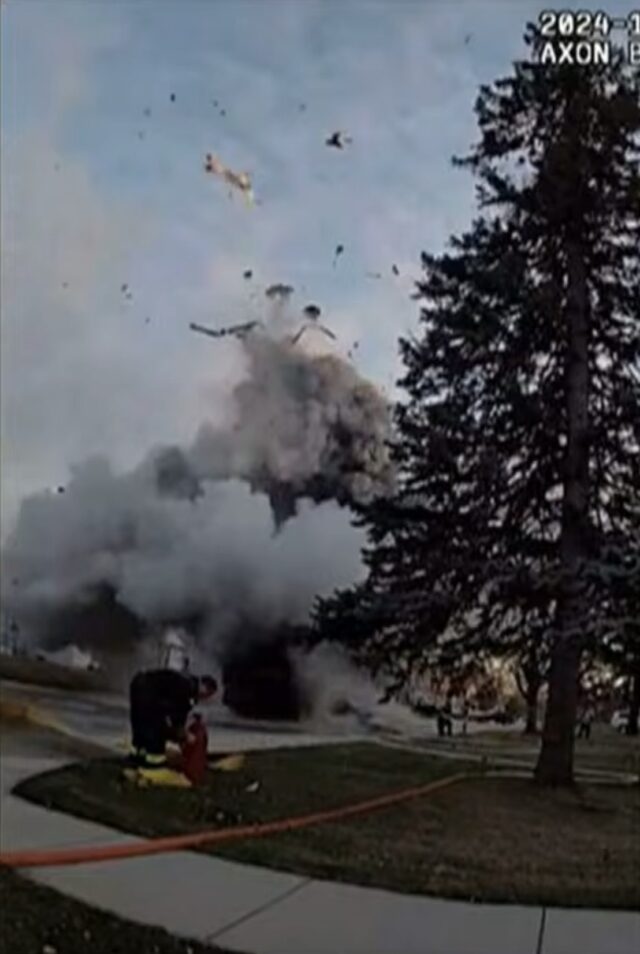 The explosion, as captured by a bodycam.
The explosion, as captured by a bodycam.
In a board of trustees meeting this week in Arlington Heights, Harris recounted the incident, noting that he felt lucky to be alive—and thankful that no township personnel or residents sustained serious injuries.
"We can't prove it," he said, but after two months of investigating the situation, his department had concluded with high probability that the fire had been caused by a lithium-ion battery discarded into a recycling container. This suspicion was based on the amount of fire and the heat and speed with which it burned; lithium-ion batteries that enter "thermal runaway" can burn hot, at around 750° Fahrenheit (399° C).
Harris' takeaway was clear: recycle even small lithium-ion batteries responsibly, as they can cause real hazards if placed into the waste system, where they are often impacted or compressed.
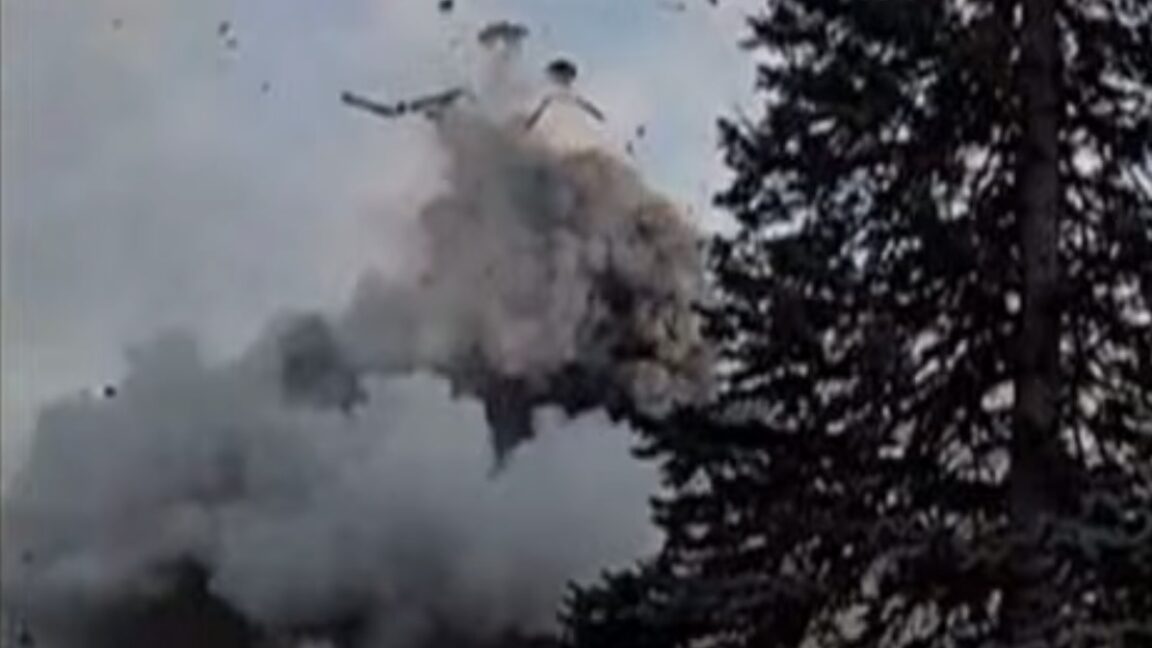
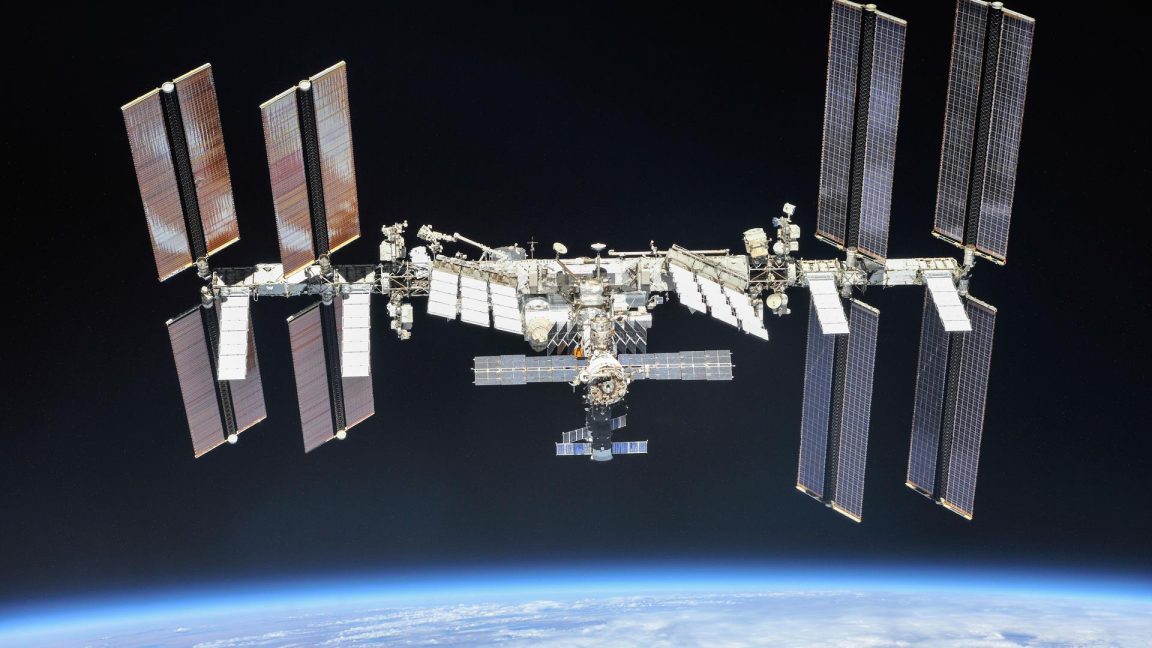

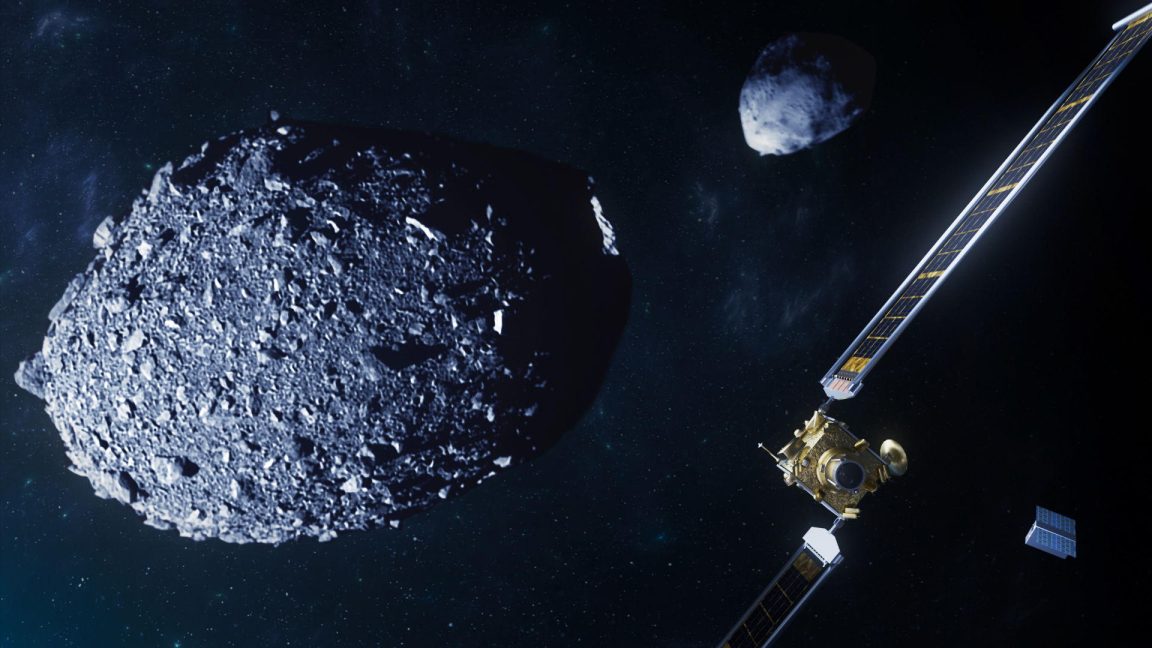
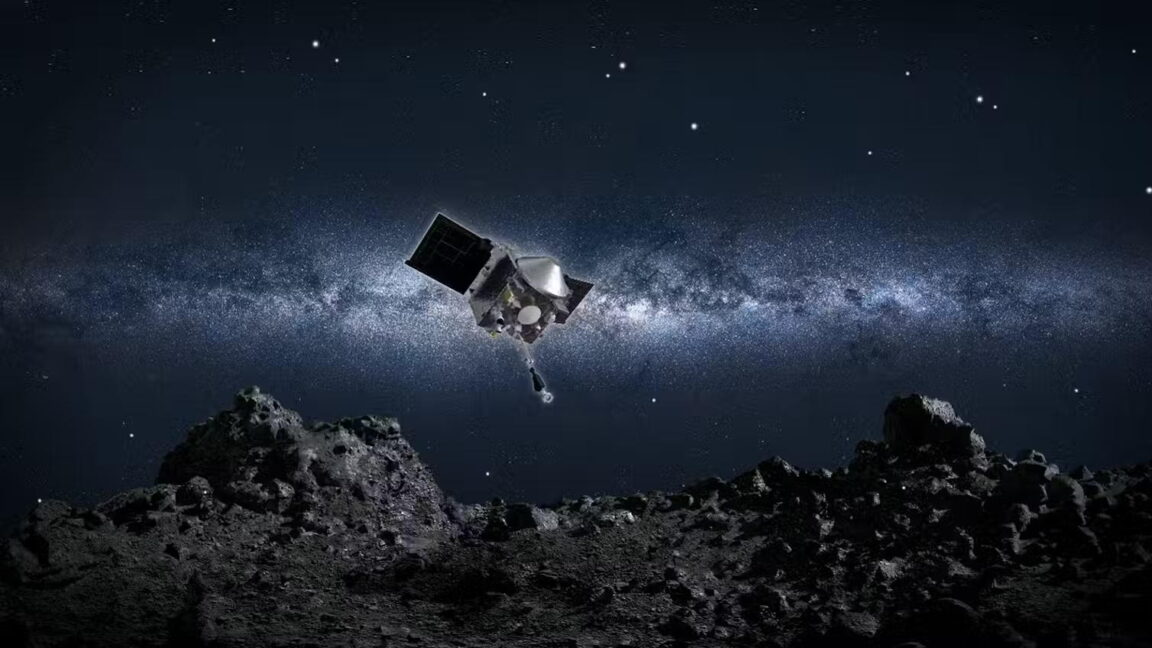
 Ten thousand to 40,000 strands of tessellated, HairWorks-enhanced hair on this Polish legend.
Credit:
CD Projekt Red
Ten thousand to 40,000 strands of tessellated, HairWorks-enhanced hair on this Polish legend.
Credit:
CD Projekt Red
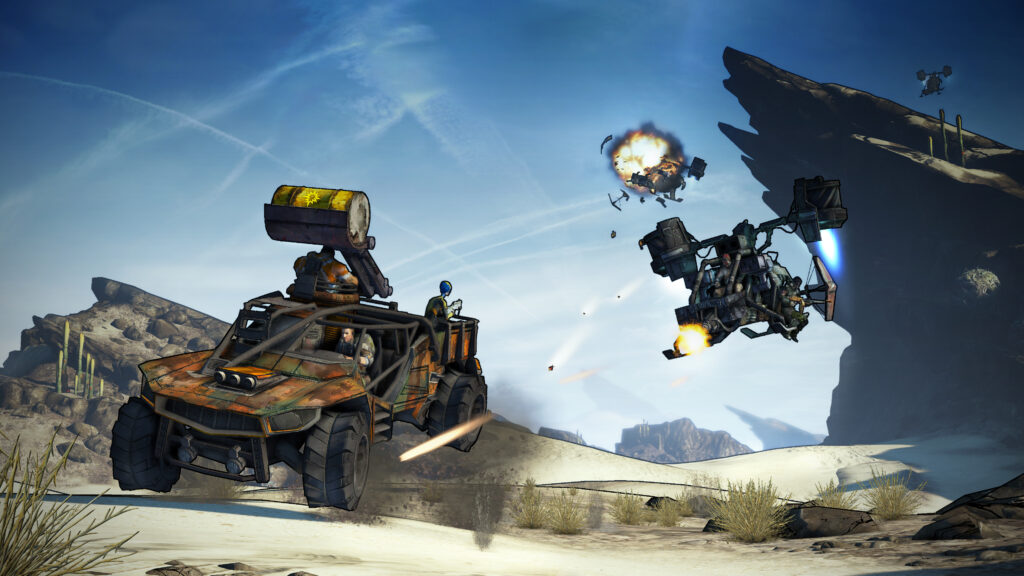 See that smoke? It's from Sweden, originally.
Credit:
Gearbox/Take 2
See that smoke? It's from Sweden, originally.
Credit:
Gearbox/Take 2
